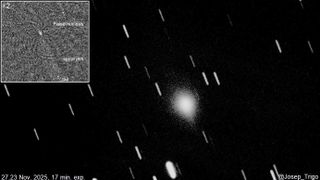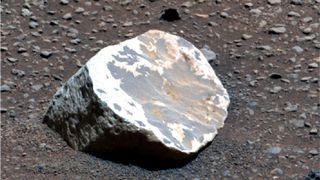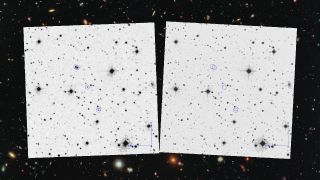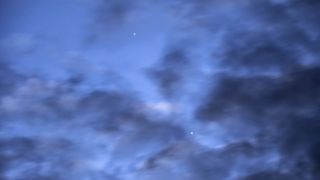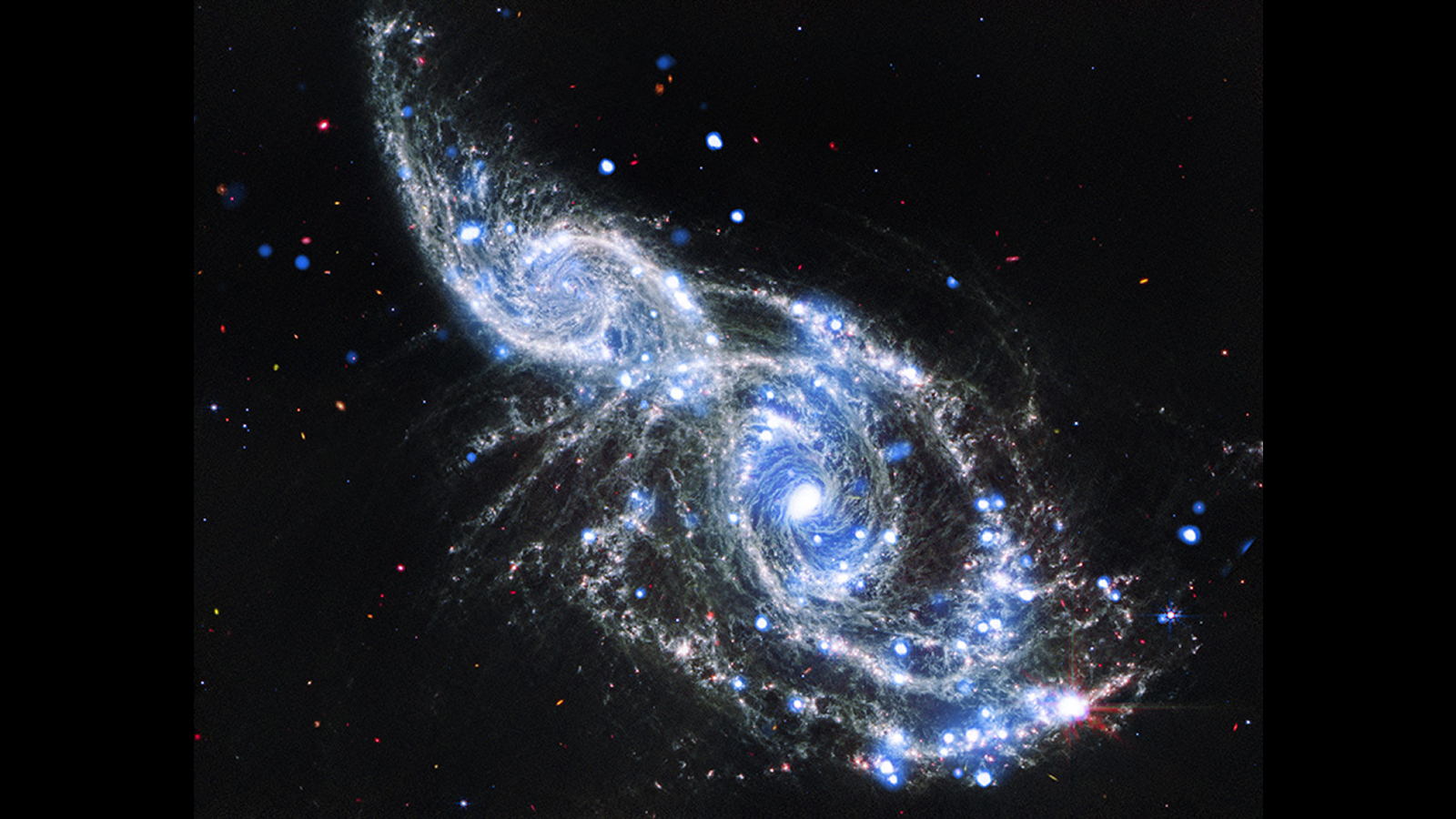Space news, features and articles
Explore Space
Editor's Picks
Latest about Space
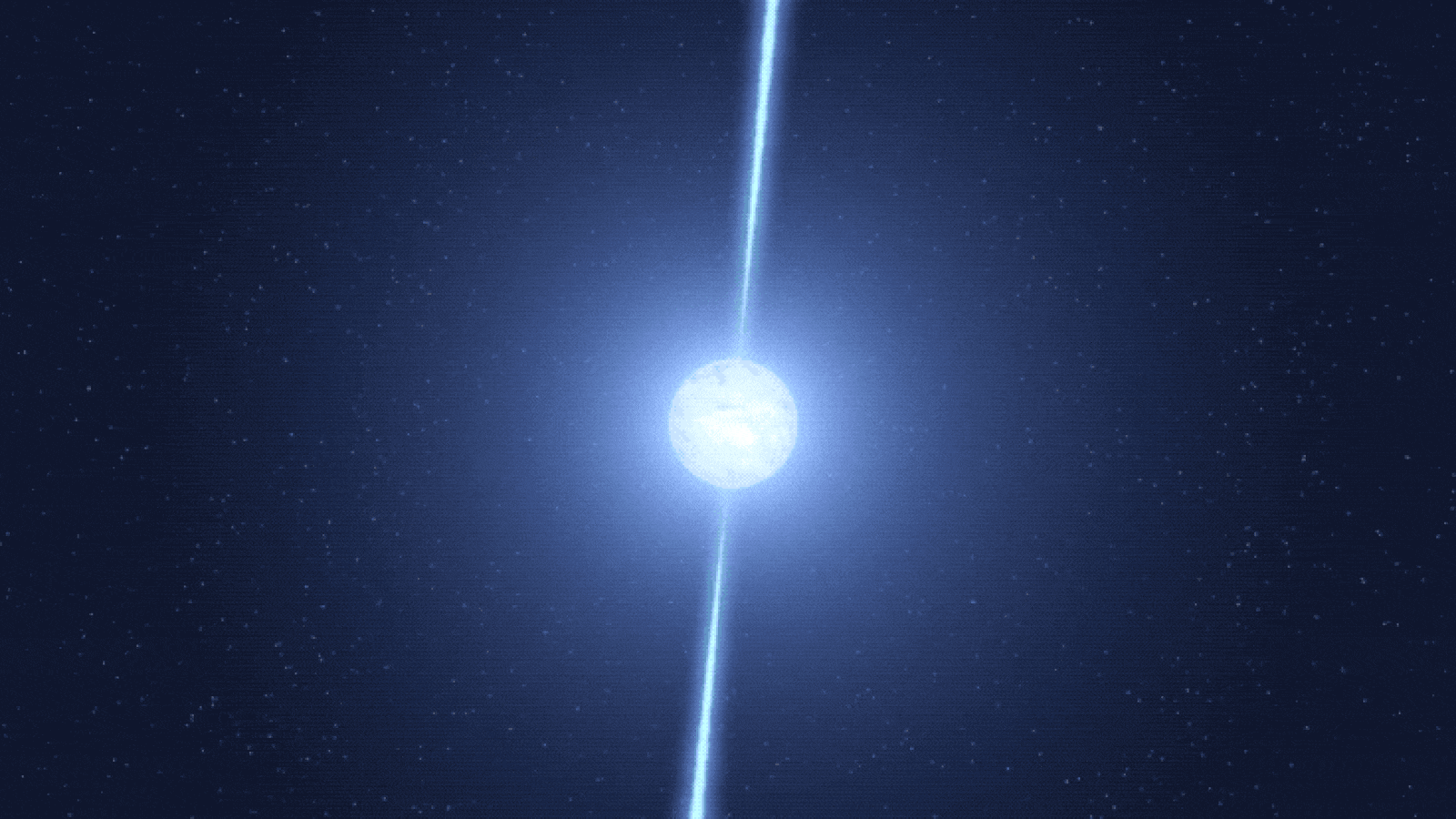
Science history: Astronomy graduate student Jocelyn Bell Burnell discovers a signal of 'little green men,' but her adviser gets the Nobel Prize — Nov. 28, 1967
By Tia Ghose published
Astronomer Jocelyn Bell Burnell detected a strange signal from outer space that would lead to the discovery of the radio pulsar. The signal, once described as coming from "little green men," would earn her adviser the Nobel Prize in physics in 1974.
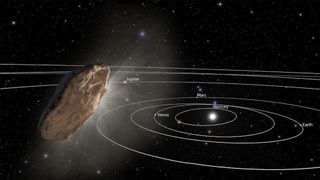
How dangerous are interstellar objects like 3I/ATLAS?
By Evan Gough published
Interstellar objects like 3I/ATLAS are most likely to enter our solar system from two specific directions, a new study suggests. What does it mean for Earth?

100,000 mph 'comet fragment' explodes in green fireball over Great Lakes, eerie videos show
By James Price published
A fireball lit up the skies over the Great Lakes in the early hours of Sunday and was visible for hundreds of miles.
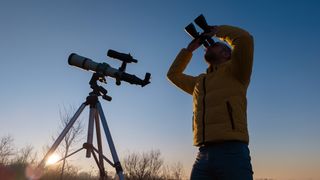
Can't decide between a telescope and binoculars? Read this before Black Friday
By Kimberley Lane published
We break down the key differences to help you make an informed choice before the sales hit, so you don't waste money on something you won't use.
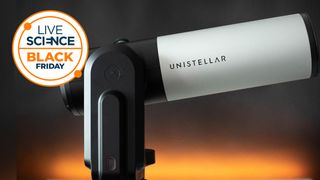
Our favorite premium smart telescope is $1000 cheaper right now in this Black Friday telescope deal
By Kimberley Lane published
Deals If you want to photograph the cosmos without the hassle of setting up a star tracker and camera, our favorite smart telescope is now $3,999 at various retailers
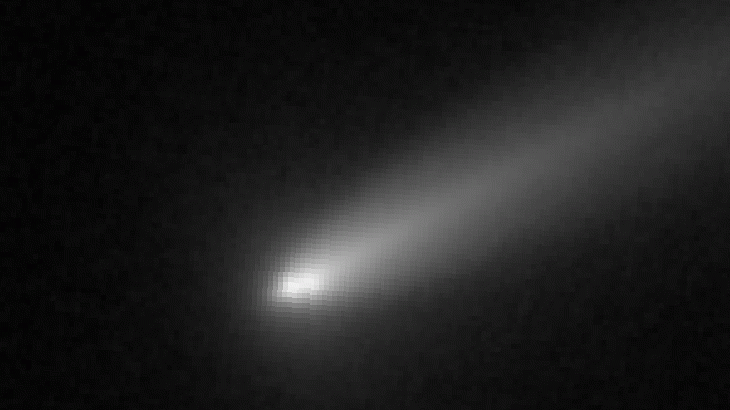
RIP 'other ATLAS': Watch the doomed comet explode into pieces in incredible new images
By Harry Baker published
Stunning new photos show the pieces of the "other ATLAS," C/2025 K1, breaking apart in space after the golden comet suddenly exploded earlier this month.

Marooned no more! Stranded Chinese astronauts finally have a way home following launch of unmanned 'lifeboat'
By Harry Baker published
China has launched an unmanned "lifeboat" to the Tiangong space station, ending a month-long fiasco. The spacecraft will eventually ferry home the marooned Shenzhou-21 crew, who have been stuck without a return capsule for over a week.

Award-winning astrophotographer Josh Dury recommends this telescope for budding astronomers. The price has already dropped to its lowest price this year
By Tantse Walter published
Deals An ideal beginner telescope that our expert reviewed earlier this year and recommends for those new to astronomy is now over $100 cheaper ahead of Black Friday.
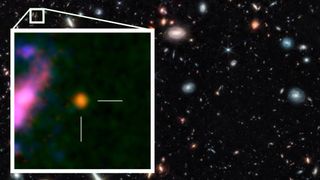
James Webb telescope may have discovered the earliest, most distant black hole ever seen
By Shreejaya Karantha published
The James Webb telescope may have detected the universe's earliest and most distant known black hole at the heart of galaxy GHZ2, revealing how the first black holes grew just a few hundred million years after the Big Bang.
Get the world’s most fascinating discoveries delivered straight to your inbox.


